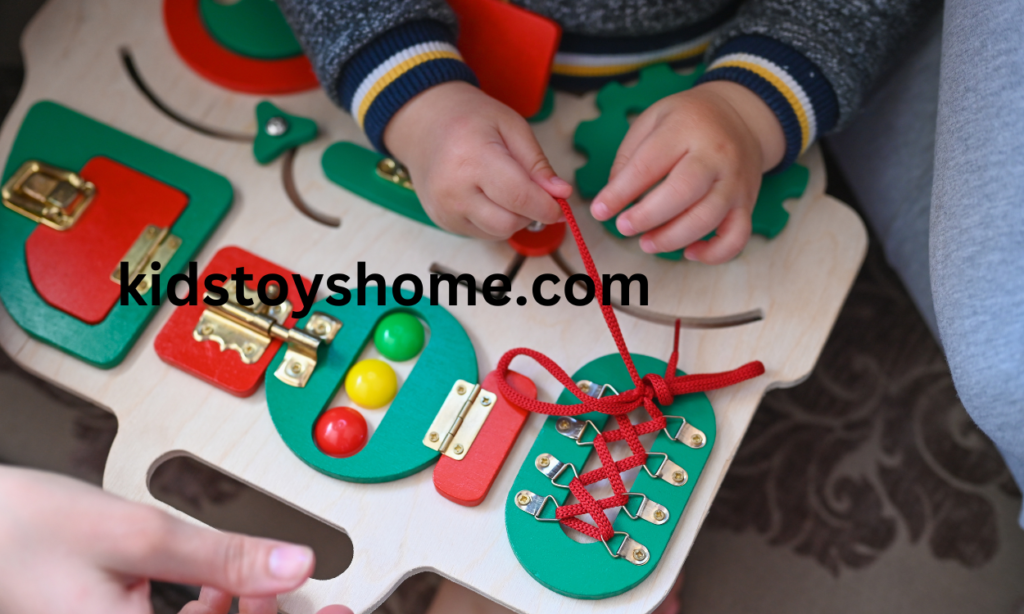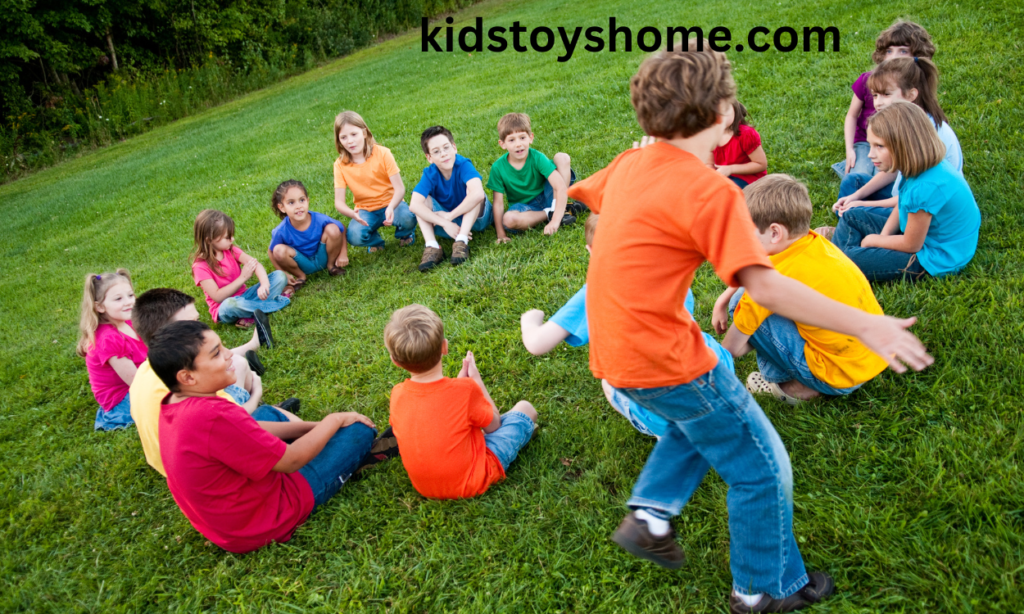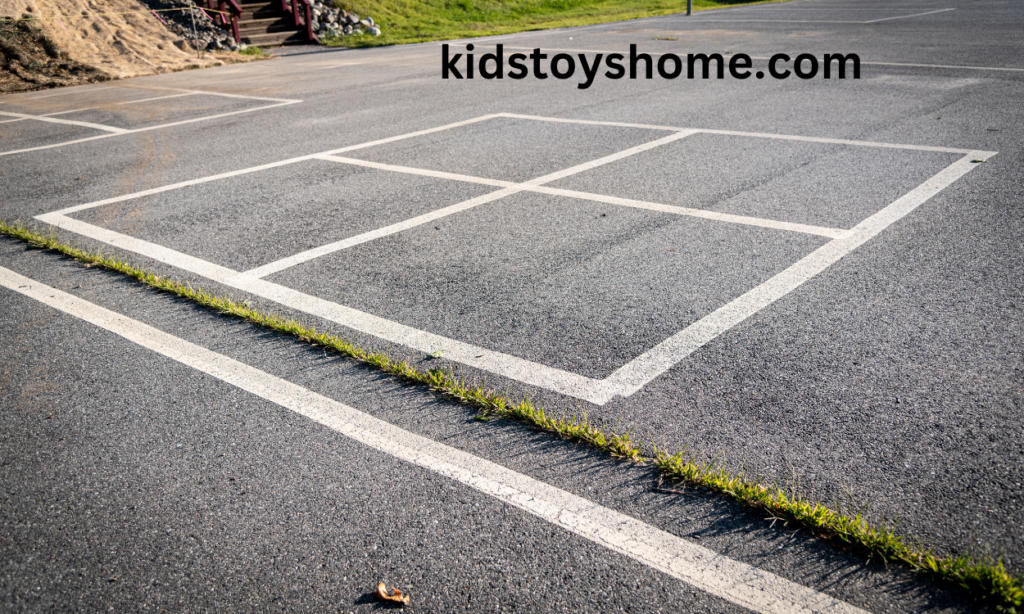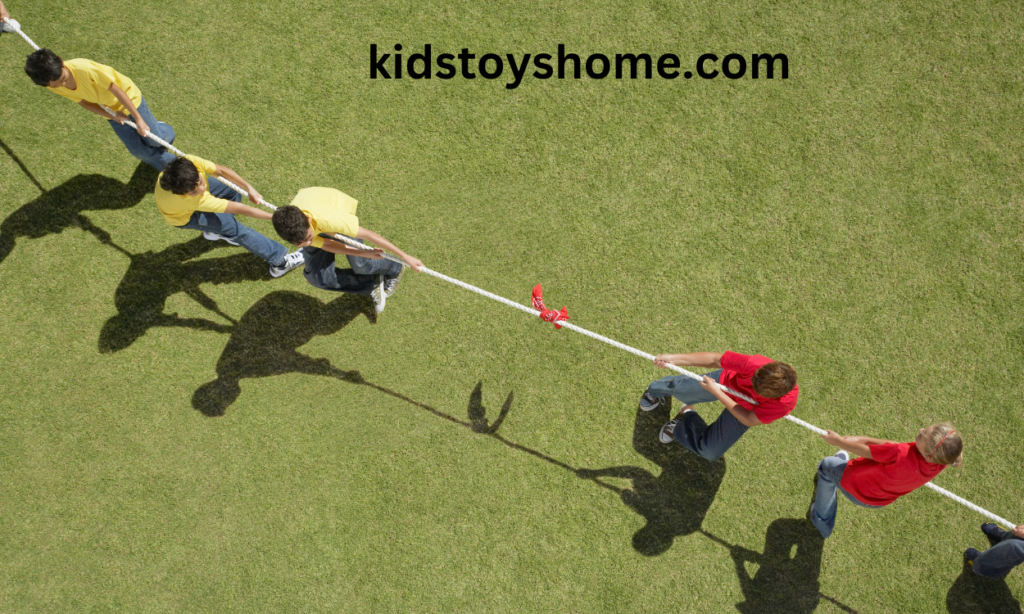
In today’s digital era, children are increasingly drawn to screens, which can lead to a sedentary lifestyle and hinder the development of essential motor skills. The lack of physical playtime not only impacts physical agility but also affects cognitive growth and the ability to interact socially with peers.
Introducing classic kids’ games that challenge and enhance motor skills is a time-tested solution. These engaging activities require movement, coordination, and critical thinking, all while providing endless fun.
Discover more about how these traditional games can significantly improve your child’s motor skills, encourage healthier habits, and foster a love for active, social play. Read on to learn which classic games can make a difference and how to incorporate them into your child’s daily routine.
Overview of Classic Kids’ Games That Test Motor Skills
Classic children’s games are not only a source of fun and laughter, but they also play a crucial role in the development of motor skills.
Popular Classic Kids’ Games
- Simon Says
- Duck, Duck, Goose
- Musical Chairs
- Red Light, Green Light
- Freeze Tag
- Four Square
- Hula Hoop
- Tug of War
- Hopscotch
- Tag
- Scavenger Hunt
- Sack Race
- Skipping Rope
- crossword puzzle
Simon Says
Simon Says is a classic, fun-filled children’s game that has stood the test of time, remaining a favorite in playgrounds, classrooms, and backyards. It’s a simple and inclusive activity that requires no special equipment, providing an effective way for children of all ages to engage with one another in a playful and entertaining manner.

How to Play Simon Says
- Identify ‘Simon’: Select a player to act as ‘Simon,’ the leader who will issue commands to the group.
- Position the Players: Have all other players line up facing Simon, preparing to listen and follow instructions.
- Issue Commands: Simon states a series of commands, starting with “Simon says” for actions players must follow. For example:
- Simon says, “Jump in place.”
- Simon says, “Touch your toes.”
- Catch the Players Off Guard: Sometimes, ‘Simon’ gives a command without the preceding “Simon says” in an attempt to trick players into following it:
- “Clap your hands” without saying, “Simon says.”
- Eliminate Players:
- Players who follow commands that do not start with “Simon says” are eliminated or lose a point.
- Continue Play: Keep the game going as players are gradually eliminated until only one remains, or stop the game at a predetermined point.
- Declare a Winner: The last player remaining, or the player with the most points, is declared the winner.
Motor Skills Involved in Playing Simon Says
Playing Simon Says can be beneficial for developing a range of motor skills. It promotes physical coordination and balance as children are often required to perform tasks that involve standing on one foot, hopping, or touching various body parts.
It aids in the enhancement of fine motor skills when commands involve careful actions like snapping fingers or making small hand gestures. The game also helps to improve reaction time and agility as players must quickly process and act upon ‘Simon’s’ commands.
Duck, Duck, Goose
The childhood game of “Duck, Duck, Goose” is a vibrant example of an activity that combines social interaction, physical exercise, and the simple joy of play.
During this game, children sit in a circle as one child, the “it”, walks around tapping each on the head saying “duck” until finally picking one to be the “goose.” The chosen “goose” then springs up to chase the “it” around the circle with the goal of avoiding becoming the next “it”.
This playful pursuit not only channels youthful energy but also teaches fundamental skills like turn-taking, speed, and alertness.

How to Play Duck, Duck, Goose
- Begin by having all the players sit in a circle, facing inward.
- Select one player to be “It,” who will walk around the outside of the circle.
- As “It” walks around, they tap each player’s head and say either “Duck” or “Goose.”
- When “It” taps someone and says “Goose,” that player must jump up.
- The “Goose” then chases “It” around the circle with the goal of tagging them before they can sit down in the “Goose’s” spot.
- If “It” reaches the spot without being tagged, the “Goose” becomes the new “It.”
- If “It” is tagged, they remain “It” for another turn.
- Play continues until the group decides to end the game.
Motor Skills Involved in Playing Duck, Duck, Goose
- Locomotor Movement: Children engage in running and chasing, which helps develop speed and agility.
- Reaction Time: Quick decision-making is required when determining when to stand and chase.
- Coordination: Balancing while running and sitting down quickly without falling.
- Spatial Awareness: Navigating around the circle, avoiding others, and understanding personal space.
- Motor Planning: Strategizing movements to tag or evade being tagged.
Musical Chairs
Musical Chairs is a lively and entertaining game that is a staple at many social gatherings. This spirited activity involves participants walking around a series of chairs while music plays. When the music abruptly stops, each player must quickly find a chair to sit in.
The twist is that there’s always one fewer chair than there are players. The individual left standing is eliminated, one chair is removed, and the music starts again. This cycle repeats until only one player remains the winner of the game.
Musical Chairs is not only a game of agility and speed but also of strategy and keen awareness, as each participant must be ready to claim a seat at a moment’s notice.

How to Play Musical Chair
- Gather a group of willing participants and an even number of chairs minus one
- Arrange the chairs in a circle or line, alternating the direction they face
- Choose an energetic song and a means to play music (i.e., speaker, phone, music player)
- Designate a person to control the music, who will also serve as the game’s referee
- Instruct players to begin circling the chairs when the music starts
- When the music stops, each player must find and sit in a chair as quickly as possible
- The player who fails to find a chair is eliminated from the game
- Remove one chair from the circle and continue playing until only one chair and two players remain
- Play a final round to determine the winner after the last chair is contested
- Celebrate with the ultimate winner and consider giving out a fun prize!
Motor Skills Involved in Musical Chairs
The game of Musical Chairs hones a variety of motor skills that are crucial for physical development. It improves gross motor skills such as walking, running, and stopping abruptly, which engage large muscle groups. Fine motor skills are also tested as players must swiftly maneuver between chairs and sit down without hesitation.
The game enhances coordination and balance; players must be able to navigate through a moving group and find a spot in a very short time frame. This requires a combination of quick reflexes, precise timing, and the ability to judge distances accurately — all of which are fundamental motor skills that can be applied to many other activities and sports.
Red Light, Green Light
Red Light, Green Light is a classic children’s game that involves one person playing the ‘traffic light’ and the rest trying to reach them. The ‘traffic light’ stands at one end of the field, with their back to the other players lined up at the starting line.
When the ‘traffic light’ calls out “Green light!”, players move forward, trying to get closer. When “Red light!” is called, all movement must stop, and if the ‘traffic light’ sees someone moving, they’re sent back to the start. The first person to touch the ‘traffic light’ wins and becomes the new ‘traffic light’.
This game primarily improves gross motor skills, such as running and stopping quickly.

Freeze Tag
Freeze Tag is a variant of the traditional game of tag. One person is “it” and must tag the other players. When a player is tagged, they ‘freeze’ and stand in place with their legs and arms wide open until an untagged player ‘thaws’ them out by crawling or ducking between their legs.
The game continues until all players are frozen. This game develops skills such as speed, agility, and balance.

Four Square
Four Square is played with a ball on a square court divided into four smaller squares. Each square is occupied by a player, with one being the ‘king’ or ‘queen’ square.
The player in this square serves the ball, bouncing it into another square. The receiving player must hit the ball into a different square without letting it bounce more than once in their square.
Players are eliminated for failing to hit the ball into another square, allowing everyone to move up in rank, aiming for the ‘king’ or ‘queen’ spot. This game helps with hand-eye coordination and reflexes.

Hula Hoop
The Hula Hoop game involves each player using their hips to keep a hula hoop spinning around their waist. The goal is to keep the hoop from falling as long as possible.
This simple yet challenging activity enhances core strength, rhythm, and gross motor coordination.

Tug of War
In Tug of War, two teams compete to pull a rope in opposite directions. A flag or marker is placed in the middle of the rope, and the team that pulls the rope far enough for the marker to cross a predetermined point on the ground wins.
Physical strength, and teamwork, along with hand and arm muscle coordination, are key components in this game.

Conclusion
In summary, these timeless playground games offer more than mere entertainment; they are a foundational part of childhood development. Each game, through its unique set of rules and requirements, promotes a variety of motor skills, social interactions, and cognitive challenges.
The benefits are profound, whether it’s enhancing quick decision-making in “Red light, green light,” promoting agility in “Duck, duck, goose,” or fostering teamwork in “Tug of War.”
Encouraging children to participate in these activities supports their growth and learning while ensuring they have fun in the process. These classic games will continue to be cherished and passed down through generations as they contribute immeasurably to the joyful tapestry of childhood.
Frequently Asked Questions
What is a classic kid’s game that improves motor skills?
Hopscotch is a timeless game that helps develop motor skills as children hop on one foot and balance as they retrieve markers from the various squares.
How does ‘Simon Says’ benefit a child’s motor skills?
‘Simon Says’ is a game that encourages children to practice fine and gross motor skills by quickly following commands that involve various physical movements.
Can playing catch enhance motor skills in children?
Yes, the game of catch can significantly improve hand-eye coordination, timing, and fine motor control as children learn to track the ball and catch it successfully.
What are some indoor games that help with motor skill development?
Indoor games like ‘Twister’ require children to use coordination and balance, while ‘Charades’ helps with expressive movement and fine motor skills as kids act out different scenarios.
Does ‘Duck, Duck, Goose’ help with motor skills development?
Playing ‘Duck, Duck, Goose’ engages children in running, sitting quickly, and changing directions, which helps refine their gross motor skills and coordination.
How does playing with building blocks aid with motor skills?
Building blocks allow children to practice fine motor skills, spatial awareness, and hand-eye coordination as they stack, balance, and construct various structures.
Are video games beneficial for developing motor skills in children?
Certain video games can improve fine motor skills and hand-eye coordination, but it’s important to choose games that are age-appropriate and encourage physical activity.





